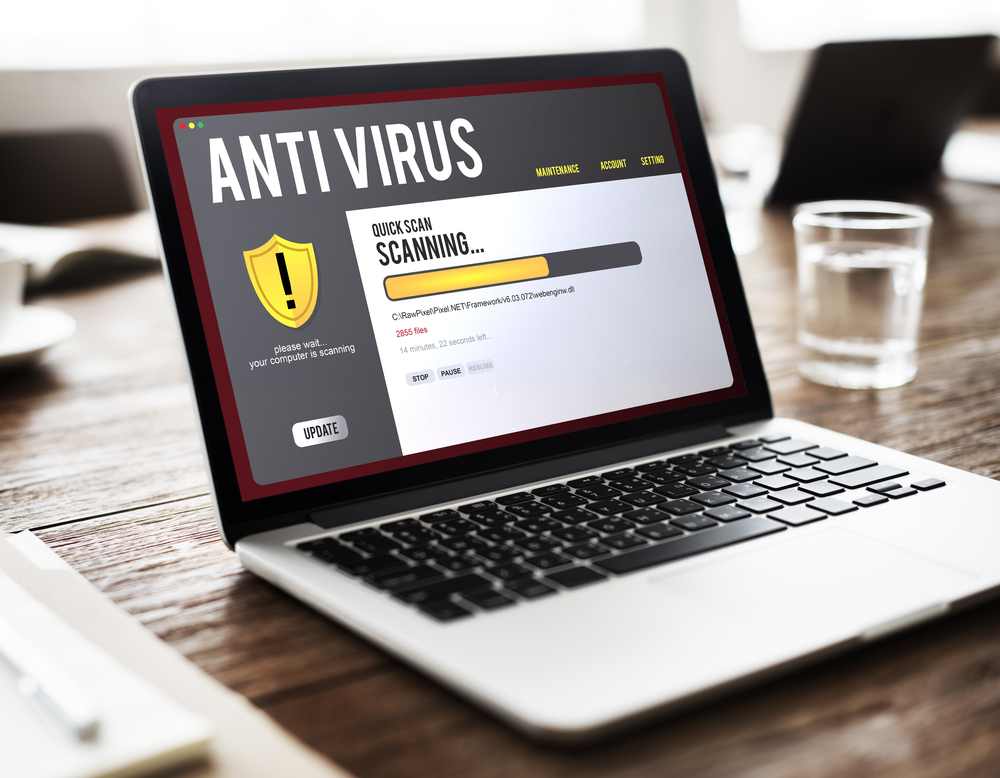Distinguishing Spyware From Ransomware
Are you one of those people who believe malware and viruses are similar? Or that worms and Trojans are just synonyms and all the same basically? You’re in for a shock if you have been putting them all in the same basket.
Malware is a short form of malicious software, that is, an umbrella under which come the following–viruses, Trojans, worms, adware, spyware, ransomware, etc. These are the digital equivalent of nuclear weapons and can cause serious threats to your system and data.

The source is always unidentified unless it is a massive attack and takes a toll on your private data. A vast proportion of these malicious programs are not exactly viruses because hackers want money and you cannot monetize anything with a virus as it is an offline code performed from system to system literally does not come from Internet browsing. Thankfully, security software these days offer full protection from all kinds of malware. However protected you are, you need to know the sources of these malware if you use laptops, desktops, smartphones on a daily basis. There are enough security breach stories that appear on the news every single day, even when enterprises have multiple firewalls and security software installed.
So, clearly, it is unfair to consider each one the same and use them interchangeably. Here’s differentiating between two important ones–spyware and ransomware:
Spyware
They are programs that come attached due to your browsing history with freeware. They track every single detail you browse and this information is sent to another user remotely. They can monitor and catch hold of your system when you are not around and install unwanted programs. Spyware works as a standalone malware and its operations are always not known. Such a silent work and reveals all your information to someone who’s interested. The web pages you visit are tracked and monitored; once it is installed into your system, the pace with which you type on keyboard, the usage of mouse, sensitivity on your eyes with brightness, every single detailing is recorded.
Ransomware
This malware can change the functioning of your system. It can even encrypt your own data and you will not have any permission to access or open this. This could be partial or whole data. Ransomware displays warning messages like give money and get back to normal functioning of the computer. The source is often untracked and you cannot even shut down your system in such situations.
The user gets locked out of their system because a ransomware attack is that powerful. They do this because they know your potential to pay off that amount. Not only are you ransomed by an unknown criminal for your own data but you also know that he or she will not be caught and you’ll be forced to pay up that money.
Now that you can understand the exact difference between spyware and ransomware, you know that both of them are equally harmful. Viruses, Trojans, worms, adware are all typically different from one another, but have a single goal of harming your PC’s day to day life. Such is the case when Internet criminals make money and alter your whole system including your private data where you have no control of and will be forced to give it up unless you have a great safety software installed.
Prevention is better than cure. Use these methods to avoid a system breach and data loss:
- Use only popular and high-ranked anti malware in your system.
- Do not download anything from the Internet unless you are sure about the source.
- Refrain yourself from clicking on unwanted emails that have a catchy subject.
- Always watch the status of your processes in task manager.
- Keep scanning every two days or once in a week.
- Backup your files into hard disks or pen drives.
- Always have a password set for your Wi-Fi.